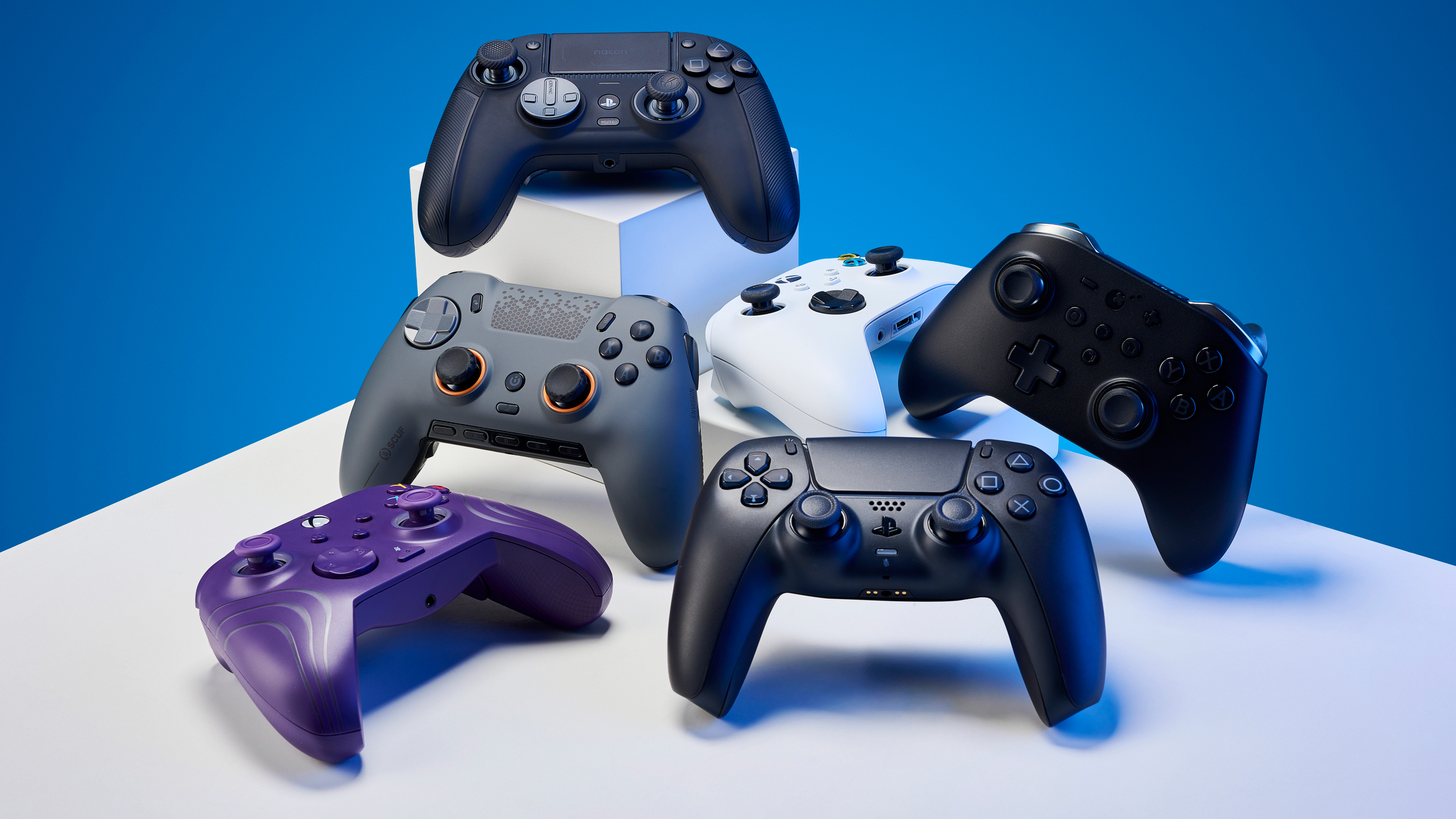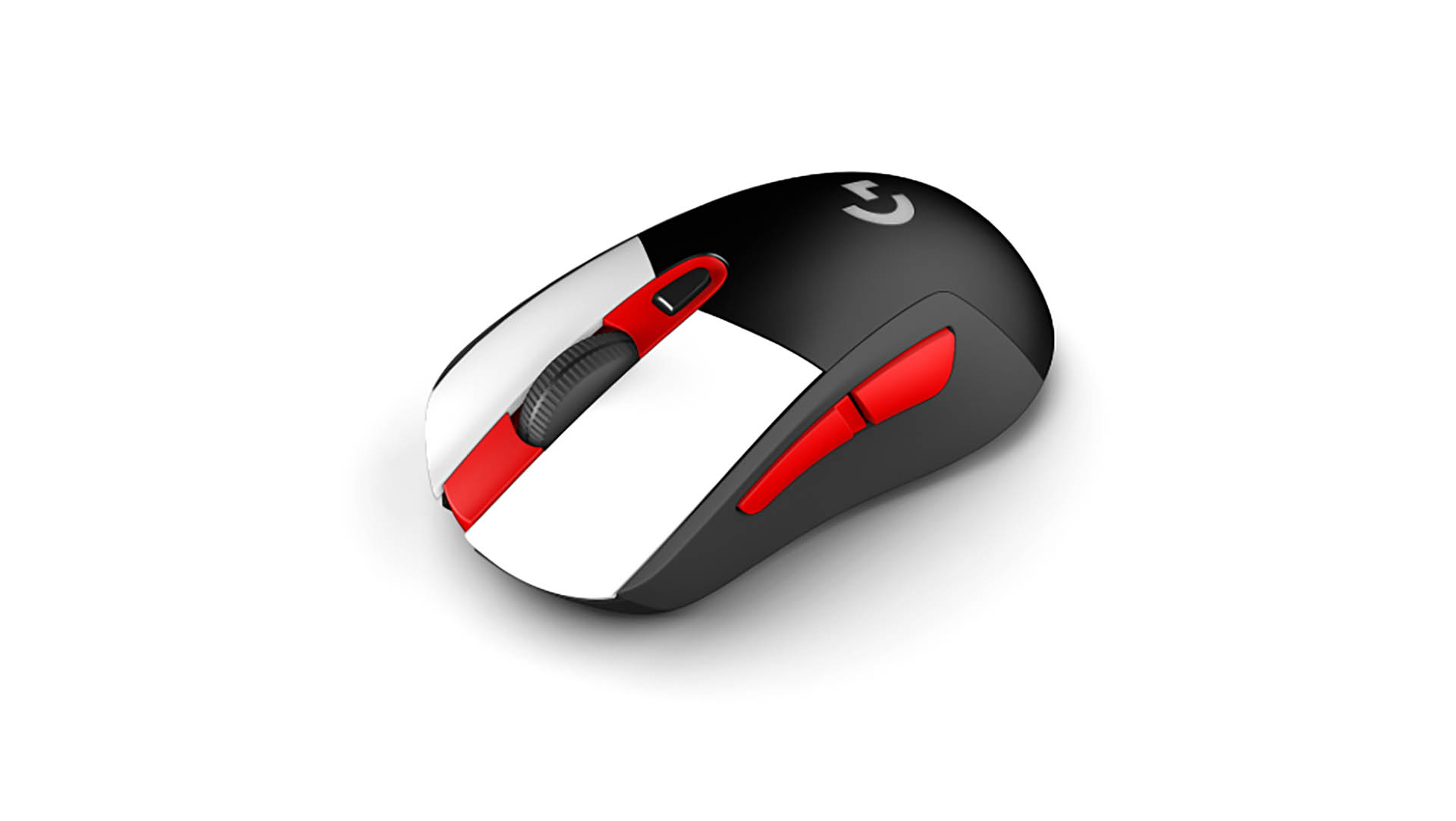I'm calling time on stick drift and getting Hall effect in every one of my controllers in 2024
I never want to experience stick drift again in my life, and Hall effect is an easy answer.


This week I've been: Playing the Steam Next Fest demo of Pacific Drive. Travelling around a wasteland in a broken-down family car? I'm hooked already.
This month I've been: Taking a look at some brand new laptops fresh outta CES 2024.
I've had to remedy stick drift on multiple pairs of Joy-Cons over the years. Each time I clean out the analogue stick with a drop of isopropyl alcohol I buy myself a little more time before the damned drift returns. The same thing can be said for my last MS Elite controller, and multiple DualShock 4 pads (thanks, Destiny). I don't think I'm a particularly aggressive controller user, and I'm certainly not dripping Monster Energy in all my controllers' crevices, these things just happen with joysticks. But not all joysticks.
The issue with traditional joysticks lies with potentiometers—a resistor that changes as a stick moves around. The issue is the resistive track inside a potentiometer can become worn, wrecked, or just a bit dusty leading to an inaccurate signal i.e. drift. The alternative is a type of controller joystick that doesn't end up drifting like a souped-up Citroen in a KFC car park: the Hall effect joystick.
A Hall effect joystick works via the same principle as each of the keys in a Wooting Two HE keyboard, a high-end HOTAS, or a car's Anti-Lock Braking System (ABS). All massively different implementations that rely on sensors that measure the strength of a magnetic field. In a controller's joystick, a Hall effect sensor can be used to measure the movement of the stick without the need for a physical contact, such as a resistive track, reducing the risk of drift to near enough zero.
Hall effect sensors can provide extra benefits, too, such as analogue keyboards with adjustable actuation or double key press functions. Hall effect joysticks and triggers can reduce the need to have a large deadzone pre-programmed into a controller, which means a snappy and accurate response. I installed Gulikit Electromagnetic Joystick Modules in my Steam Deck and I reduced the deadzone from the default value of 8192 down to 2000. It would've been possible to drop it further, though a little deadzone helps keep accidental nudges from making a nuisance. Those two Hall effect joysticks for the Steam Deck rack up a $30 bill—it's an affordable upgrade.
I recently tried out the GuliKit KingKong 2 Pro controller for a group test in the PCG mag. It comes with both Hall effect joysticks and triggers and will set you back around $70. It won my "best thumbsticks" award—a prized and only slightly made up award. But the point is, those thumbsticks were lovely. The runner-up was the Nacon Revolution 5 Pro, another controller harnessing the power of Hall effect. The official Xbox and PlayStation controllers lagged behind for thumbstick feel, even though they are pretty lovely controllers for the money.
I've a few high-end controllers right now: the original Xbox Elite Controller and the Scuf Envision Pro Wireless. I think both are great, and at least the Scuf still works well (the Elite has a wobbly thumbstick but that's a whole different issue altogether). Yet neither has Hall effect sticks and that's been bothering me a little. It's not that either has run into any issues at this moment (though my last Elite did, alongside the batteries spontaneously combusting and killing the thing), it's that I'm slightly fearful for these high-end controllers developing an issue in the future that could've been avoidable if I'd bought a cheaper Hall effect pad.


Best gaming mouse: the top rodents for gaming
Best gaming keyboard: your PC's best friend...
Best gaming headset: don't ignore in-game audio
Hall effect controllers aren't anything new. Sega was stuffing them in its console controllers in the '90s—just another way Sega was so far ahead of the game it's actually laughable. But that's another reason I'm even more convinced we should be ditching potentiometers altogether in 2024. They're old hat. They should already be the done thing.
Keep up to date with the most important stories and the best deals, as picked by the PC Gamer team.
Not every Hall effect joystick is a joy to use. Some can be a bit more power hungry than others (GuliKit's first generation joysticks use more power than its second generation) and poorly designed sticks can still cause trouble to the performance in other ways. There's a really good discussion over on Reddit covering the ins and outs of it all I recommend reading. Though there is definitely room for improvement, the underlying tech is still more durable than the famously flaky alternative.
So, the Hall effect joystick offers a serious durability buff for the average gamer, PC or console. Now I don't know about you, but I'm convinced it's high time I make the switch to Hall effect and don't look back—at least for the triple-digit cost controllers.

Jacob earned his first byline writing for his own tech blog. From there, he graduated to professionally breaking things as hardware writer at PCGamesN, and would go on to run the team as hardware editor. He joined PC Gamer's top staff as senior hardware editor before becoming managing editor of the hardware team, and you'll now find him reporting on the latest developments in the technology and gaming industries and testing the newest PC components.

